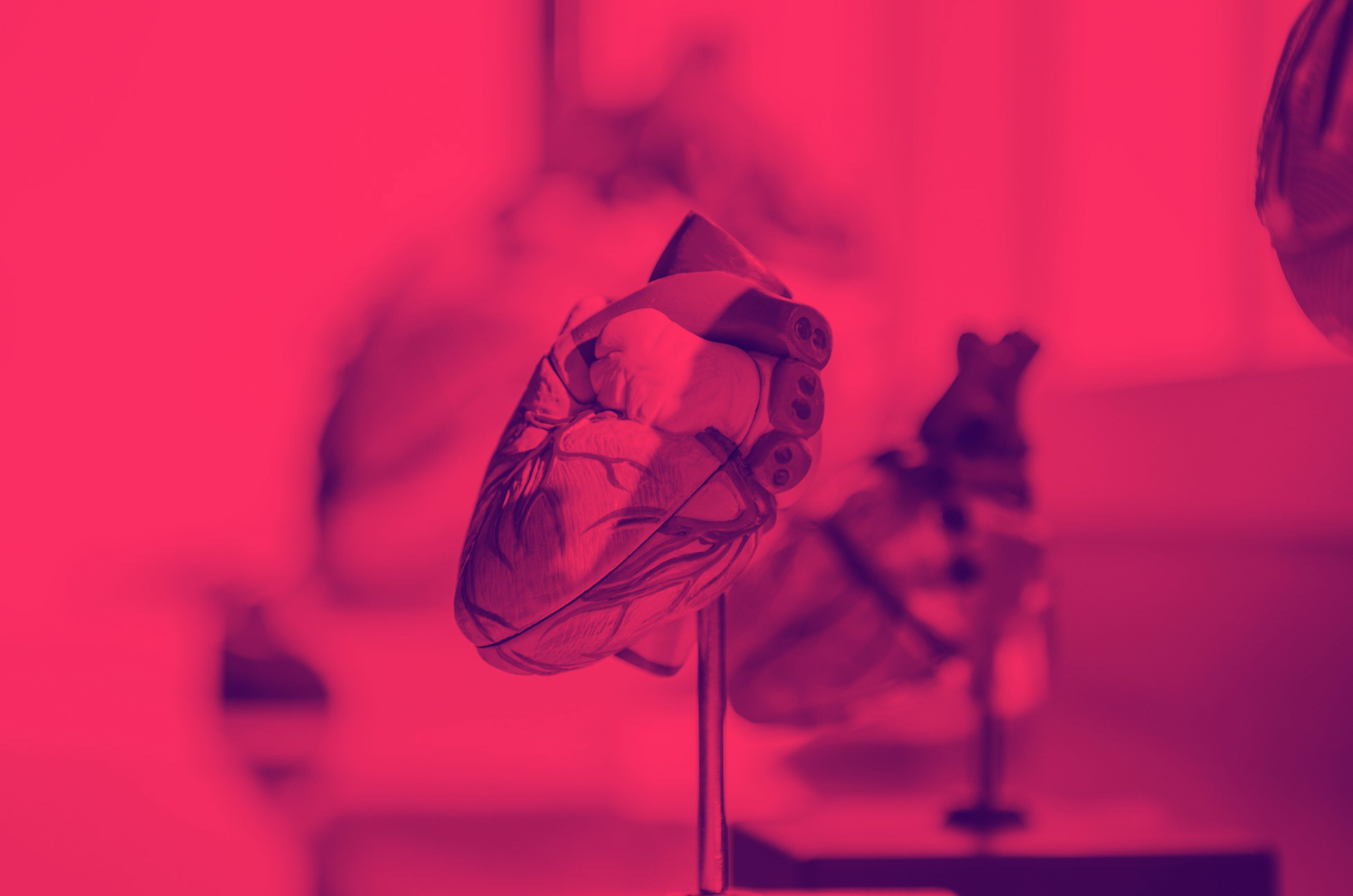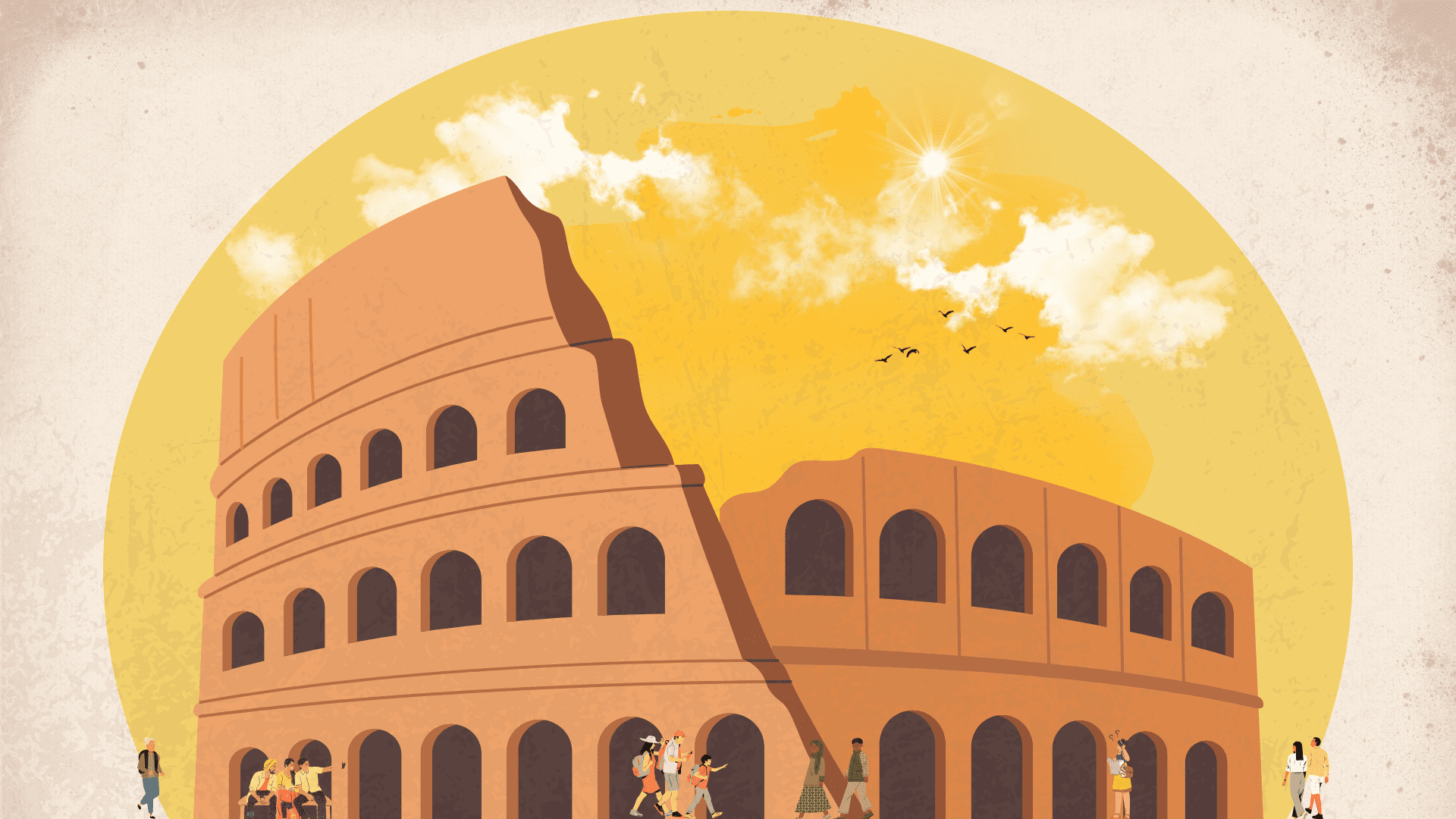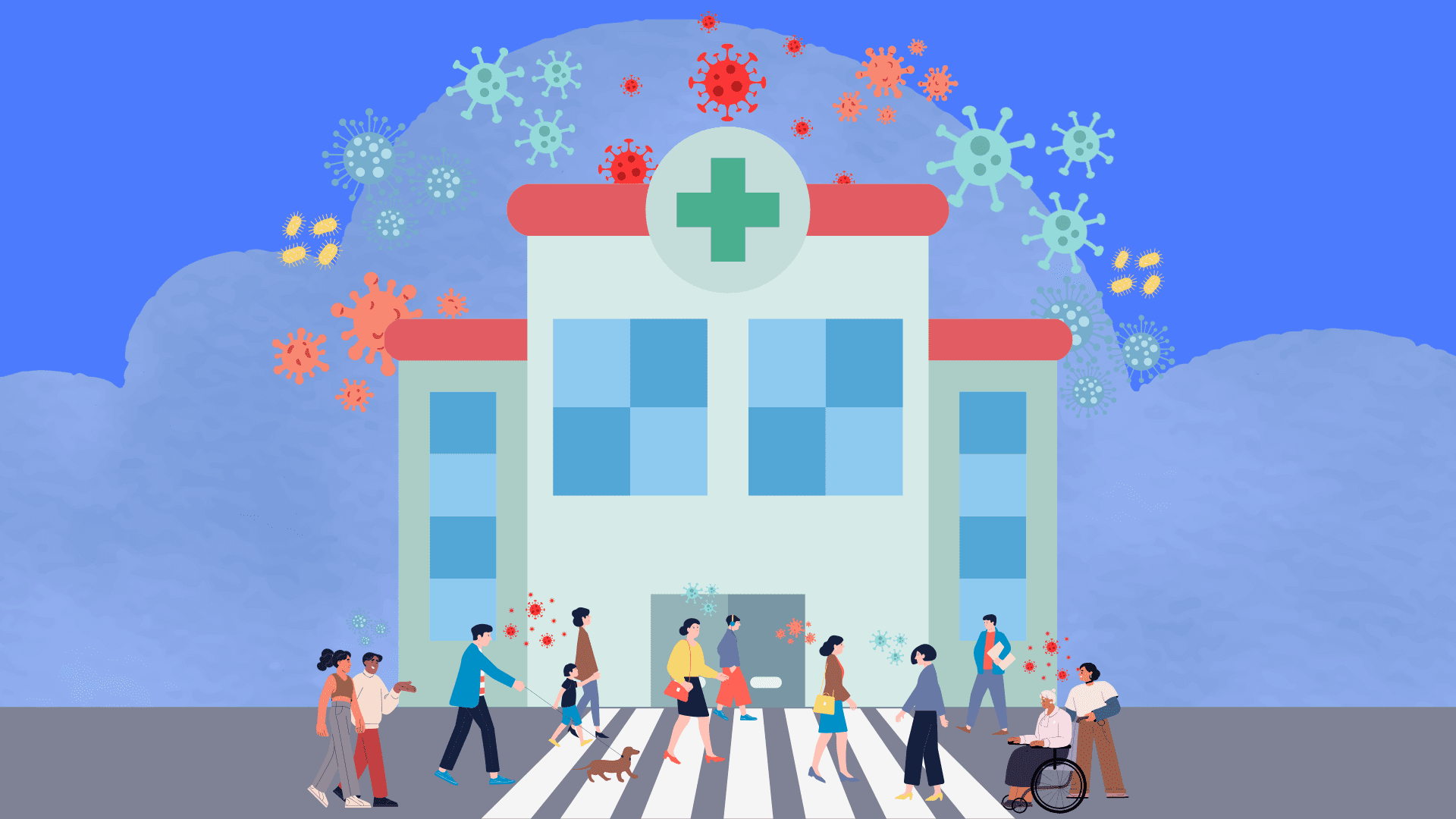27 Jan 2021 | Industry Insights
Revolutionising industrial efficiency with a Digital Twin

Although it may seem like new technology, the concept of a digital twin has been around for nearly 20 years. The reason it seems new is because of the rise in Internet of Things (IoT) devices. More and more manufacturers are pushing smarter, and cheaper, IoT devices into consumer markets as well as industrial applications. One thing is for sure, the trend of creating a digital replica of the physical is here to stay.
The ‘things’ we can connect to the internet are growing exponentially and the data that is produced is growing with it. This data means we can build better and deploy faster without spending millions on testing and repairs.
Data is needed to drive decisions in order to make a digital twin beneficial. This could be something like choosing when to make crucial repairs, how a system will react to changes and when we expect the failure of parts within a system.
When properly optimised, the digital twin provides a testing ground for future development which, in turn, saves time and money over testing the physical representation. A digital twin has the ability to take a product from concept to launch within a matter of days or weeks rather than months or years.
Digital twins at work
Healthcare is one of the most exciting places where digital twin technology is thriving. Scientists are using sensors to monitor patients to produce digital models that can be monitored by doctors as well as artificial intelligence (AI), predicting the best care option for patients. There are examples of digital replicas of organs, complete with data collected from real-world patients, that allows surgeons to practice complex procedures in a simulated environment.
Stara are a manufacturer of agricultural machinery and they use a digital twin to analyse data that lets farmers make accurate decisions and react quickly to adverse weather conditions like storms. They have developed precise insights allowing farmers to react in moments to real-world data through utilising sensors that feed into the digital twin.
Singapore are studying complex social structures and services throughout the city-state via a digital twin. City planners are able to test solutions without the expense or risk of real-world rollouts due to the mountain of data they have collated. Singapore now acts as an ongoing test case and laboratory for innovation, discovering and implementing solutions on a large scale.
Related insights

Preserving the Past Through the Future: How Digital Twins Are Transforming Heritage Conservation
Discover how digital twins are transforming heritage conservation. Historic buildings face growing threats from climate change, material decay and visitor impact, yet traditional maintenance methods are often reactive and unable to prevent long-term damage. This article explores how digital twins offer a new path to proactive preservation, giving conservation teams powerful insight without compromising historical integrity. Whether a building is centuries old or lacks detailed plans, Twinview enables conservation teams to start small and build meaningful insight step by step. With digital twins, we can shift from reactive repairs to predictive preservation, protecting authenticity while planning confidently for the future. Explore how technology can give history a digital life.
Read more

Industry Insights
Digital Twins for Infection Control in Hospitals: Supporting Safer Healthcare Environments
Infection prevention has always been central to safe healthcare, but COVID-19 exposed how vulnerable hospitals can be to outbreaks. Digital twins like Twinview offer hospitals real-time insight into how buildings are used, from patient flow and air quality to occupancy and cleaning. By creating a live 3D model of the facility, Twinview helps teams identify high-risk areas, optimise ventilation and target cleaning where it’s needed most. It supports smarter admissions, safer waiting areas and data-driven decisions that reduce infection risks. Rather than predicting every outbreak, Twinview highlights unsafe conditions early, empowering hospitals to act fast. Integrated with IoT sensors and building systems, it enhances compliance, safety and efficiency. As digital twin technology evolves, Twinview’s potential grows, supporting AI-driven analytics, clinical integration and sustainable, infection-resilient hospital design for the future.
Read more

Industry Insights
Designing Sensory-Aware Cleaning Schedules for SEN Students
For students with Special Educational Needs (SEN), the physical environment can deeply influence comfort, focus and wellbeing. Routine cleaning, when not planned with sensory awareness, can unintentionally cause distress, from strong chemical smells to loud equipment or sudden changes in room layout. A platform like Twinview helps schools design predictable, sensory-aware cleaning schedules by combining data on occupancy, air quality and environmental conditions. Facilities teams can identify sensitive zones, schedule low-disruption cleaning times and track improvements over time. By integrating cleaning routines into a whole-school approach to sensory wellbeing, schools can reduce stress, improve focus and create environments that feel calm, safe and inclusive. Twinview turns everyday facilities data into meaningful action, supporting schools to build spaces that are not only clean and efficient, but welcoming and accessible for every learner.
Read more

